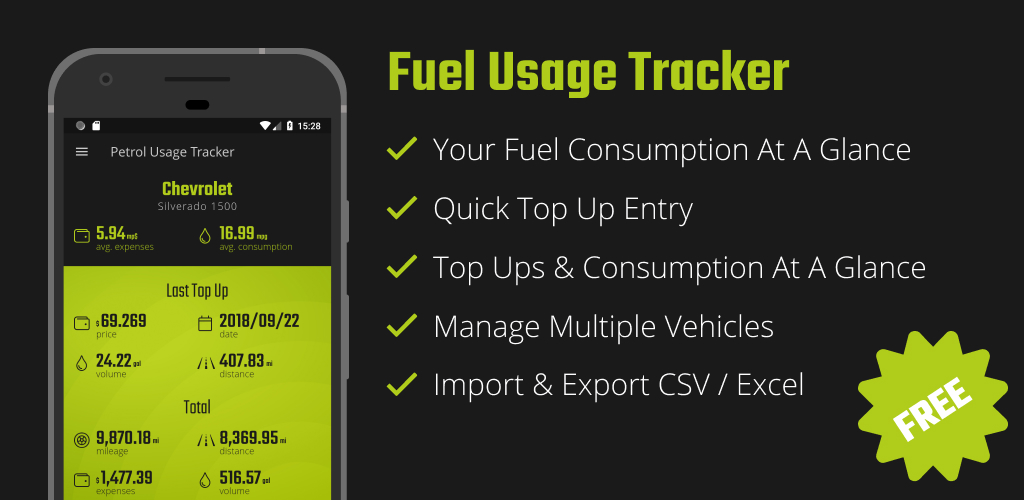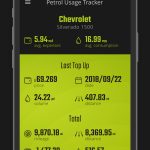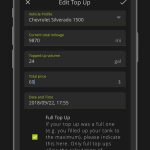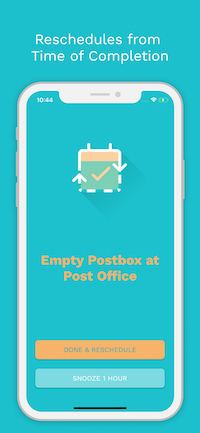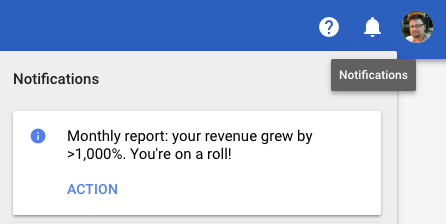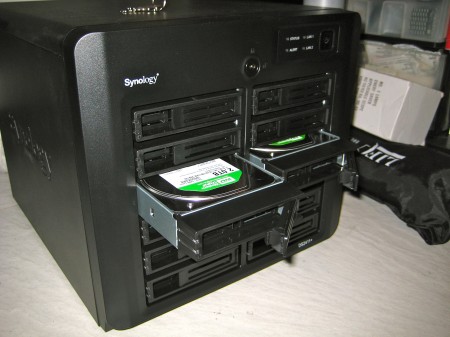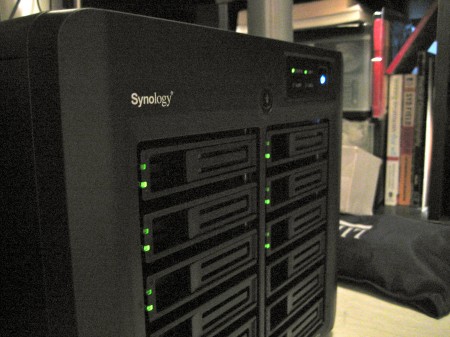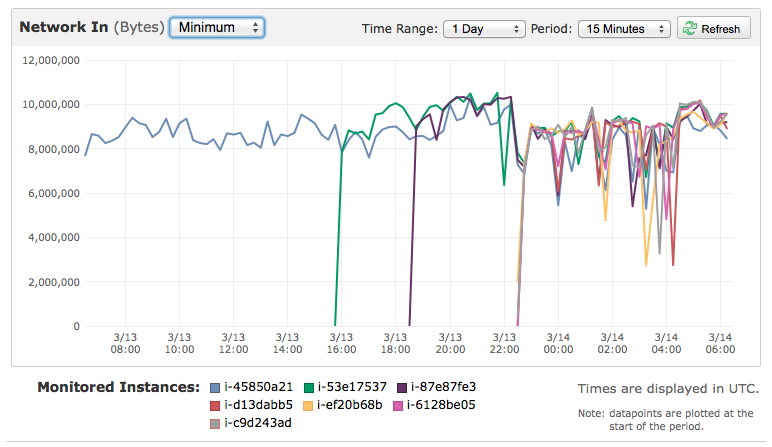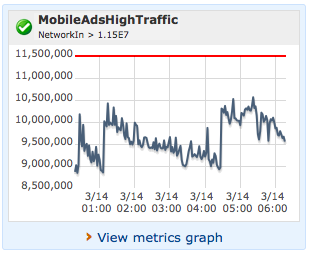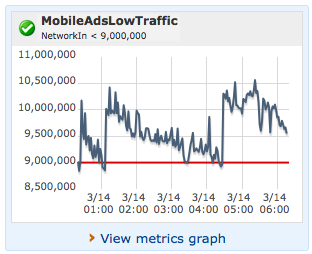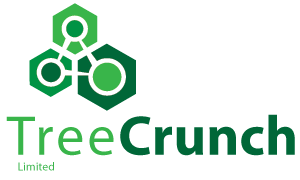Ich hatte gerade folgende E-Mail von Facebook in meiner Inbox:
Das bedeutet, dass Facebook insbesondere mit Hinblick auf die Europa-Wahl im Mai diesen Jahres mehr Transparenz in Werbung auf deren Plattform bringen will. Das finde ich gut und hoffe es schafft wirklich auch mehr Transparenz.
Die gesamte E-Mail liest sich wie folgt:
Hallo,
uns ist wichtig, zur Sicherheit und Transparenz rund um Wahlen beizutragen. Deshalb haben wir im Vorfeld der Wahlen zum Europäischen Parlament mehrere Neuerungen veröffentlicht, die Wahlwerbung sowie Werbeanzeigen zu Themen mit besonderer Relevanz innerhalb der Europäischen Union (EU) betreffen. Wir möchten, dass Menschen wissen, welcher Werbetreibende für eine Werbeanzeige verantwortlich ist. Um dies transparenter zu machen, führen wir einen neuen Autorisierungsprozess ein. Dieser umfasst die Verifizierung der Identität des Werbetreibenden im jeweiligen EU-Land sowie die Kennzeichnung mit einem „Finanziert durch“-Disclaimer in den Seiteneinstellungen unter „Autorisierung“. Zudem werden zukünftig alle Werbeanzeigen sowie detaillierte Informationen dazu sieben Jahre lang in unserer neuen Werbebibliothek sichtbar sein.
Um politische Werbeanzeigen weiterhin schalten zu können, müssen Sie beide Schritte bis zum 15. April 2019 erfolgreich durchgeführt haben.
Weitere Informationen und eine detaillierte Anleitung finden Sie in diesem Leitfaden und in unserem Hilfebereich. Unter facebook.com/id können Sie den Vorgang direkt starten.
Identität verifizieren
Alle Werbetreibenden, die innerhalb der EU Anzeigen mit Bezug zu Politikern oder Parteien, zu Wahlen (einschließlich Kampagnen zur Erhöhung der Wahlbeteiligung) oder Themen von besonderer Relevanz in der EU (Einwanderung, politische Werte, Bürgerrechte und soziale Rechte, Sicherheit und Außenpolitik, Wirtschaft, Umweltpolitik) erstellen oder bearbeiten möchten, müssen ihre Identität verifizieren.
Diesen Vorgang können Sie auf einem Computer unter facebook.com/id oder in den Einstellungen der Facebook-App durchführen. Ausweisdokumente zur Verifizierung Ihrer Identität werden innerhalb von 48 Stunden geprüft. Wenn Sie Anzeigen mit politischen Inhalten schalten oder in Zukunft schalten möchten, empfehlen wir Ihnen, den Autorisierungsprozess sobald wie möglich zu durchlaufen, um Verzögerungen zu vermeiden.
Anforderungen für die Verifizierung Ihrer Identität:Folgende Anforderungen müssen erfüllt sein, damit Sie Ihre Identität verifizieren können:
- Aktivieren Sie die zweistufige Authentifizierung für Ihr Facebook-Konto.
- Wählen Sie eine der folgenden Optionen, um Ihre Identität zu verifizieren:
- Amtlicher Lichtbildausweis
- Zwei offizielle Dokumente
- Notariell beglaubigtes Formular, herunterzuladen unter facebook.com/id
Auf jedem eingereichten Dokument muss der Name des ausstellenden Landes aufgedruckt sein. Es muss mit dem Land übereinstimmen, in dem Sie für die Schaltung politischer Werbung autorisiert werden. In unserem Hilfebereich finden Sie eine vollständige Liste der als Identifikationsnachweis akzeptierten Dokumente.
Disclaimer für Werbeanzeigen
Um politische Werbung schalten zu können, müssen Sie zudem einen „Finanziert durch“-Disclaimer für die jeweilige Seite erstellen. Rufen Sie dafür den Tab „Autorisierungen“ in den Einstellungen Ihrer Facebook-Seite auf und verknüpfen Sie die Werbekonten, die Sie verwenden möchten. Die Einrichtung eines oder mehrerer Disclaimer erfolgt auf Seitenebene, nicht auf Anzeigenebene. Diesen Schritt können Sie nur in einem Desktop-Browser durchführen.
Anforderungen für den Disclaimer:
- Genaue und vollständige Angabe Ihres Namens
- Keine Abkürzungen
- Keine URLs
- Darf nicht die Worte „Finanziert durch“ enthalten
- Einhaltung der Facebook-Richtlinien zu Disclaimern.
Optionen für den „Finanziert durch“-Disclaimer:
- Name des Seitenadministrators, wie in offiziellen Dokumenten angegeben
- Seitenname
- Abweichender Name der Organisation
Zur Verifizierung des im Disclaimer angegebenen Namens benötigen wir unter Umständen weitere Informationen wie eine Telefonnummer, eine E-Mail-Adresse, eine Website oder eine Postanschrift. In Frankreich muss zudem das Pflichtfeld „Unternehmensgegenstand“ ausgefüllt werden.
Anzeigenbuchung
Sobald Ihre Identität verifiziert und Ihr Disclaimer genehmigt wurde, können Sie politische Werbung auf Facebook schalten. Bei der Anzeigenerstellung sehen Sie das Kontrollkästchen „Bei dieser Anzeige handelt es sich um Wahlwerbung oder Werbung zu Themen, die in der EU relevant sind.“ Aktivieren Sie dieses Kästchen, damit Ihre Disclaimer-Informationen in Ihrer Anzeige enthalten sind.
Zusätzlich zu dem oben beschriebenen Autorisierungsprozess muss politische Werbung in der EU – je nach Land – in Euro oder einer anderen akzeptierten Währung bezahlt werden. Das Werbekonto muss zudem eine Zahlungsquelle mit einer Adresse in dem Land nachweisen, in dem Sie Anzeigen schalten möchten. Die Währung des Werbekontos muss der örtlichen Währung entsprechen.
Anzeigen können nur in dem Land ausgeliefert werden, in dem der jeweilige Werbetreibende für die Schaltung solcher Anzeigen autorisiert wurde.
Wenn auf der Seite der Anzeige oder im Profil der Person, die die Anzeige schaltet, ein Land genannt wird, muss dieses dem Land entsprechen, in dem Sie sich autorisieren.
Werbebibliothek
Facebook hat eine Werbebibliothek entwickelt, um Nutzern mehr Informationen über einzelne Anzeigen und die finanzierenden Werbetreibenden zu geben. In der Werbebibliothek werden Anzeigen mit Bezug zu politischen Akteuren oder Parteien, Wahlen und Themen von besonderer Relevanz in der EU sieben Jahre lang gespeichert. Sie enthält alle Anzeigen mit einem Disclaimer. Anzeigen ohne Disclaimer, deren Inhalte später als politisch eingestuft werden, werden ebenfalls in die Werbebibliothek aufgenommen. Zudem enthält die Bibliothek Informationen zur Auslieferung einer Anzeige, darunter die Anzahl der Impressionen, Informationen zu den Kosten sowie Angaben zur Demografie der Zielgruppe und zu erreichten Standorten.
Indem wir Werbetreibende autorisieren und Anzeigen transparenter machen, möchten wir eine externe Einflussnahme auf die Wahlen zum Europäischen Parlament verhindern.


